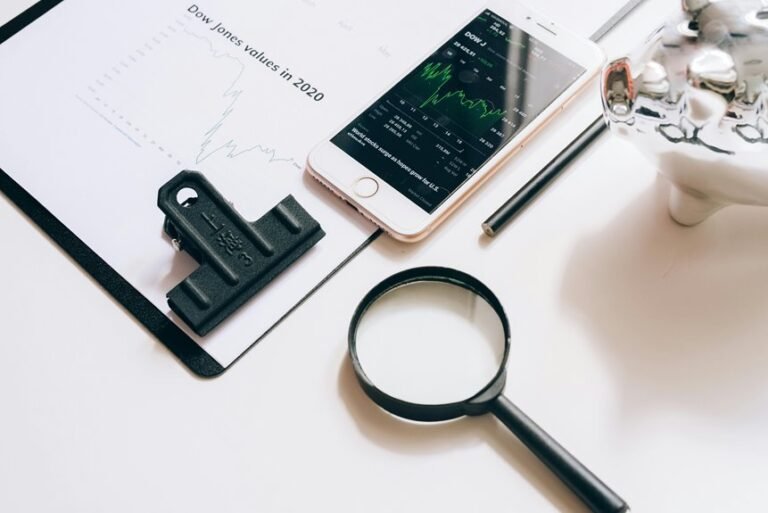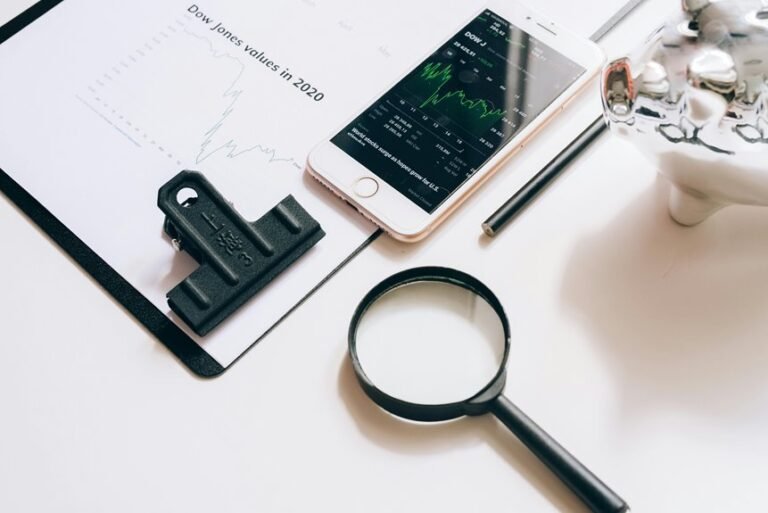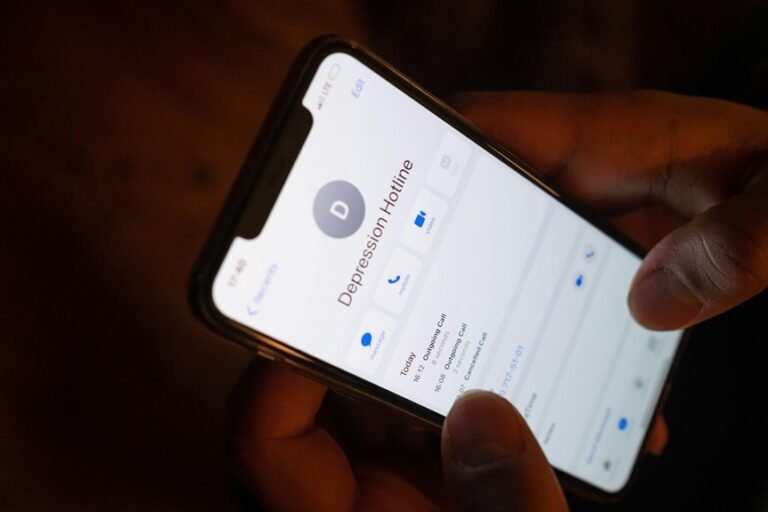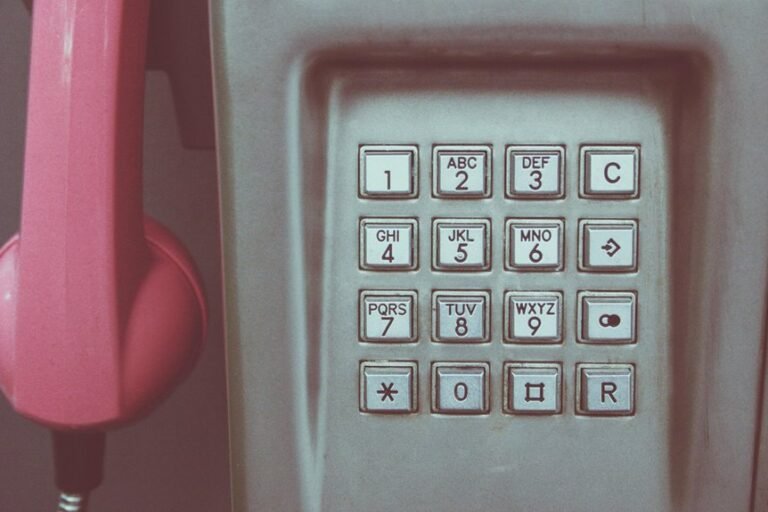Who Called You From 8176538939, 8176972578, 8177866703, 8179246200, 8179302272, and 8179951080? Find Out Everything About Any Phone Number

The emergence of unknown phone numbers can often evoke curiosity and concern. Numbers like 8176538939, 8176972578, and others may ring a bell for many. Understanding who is behind these calls is crucial in today’s digital landscape. Various tools and methods exist to unveil the identities of such callers. Yet, the question remains: how reliable are these resources, and what should one consider before taking action? The answer may reveal more than just a name.
Understanding Caller ID and Its Limitations
Caller ID has become a ubiquitous feature in modern telecommunications, serving as the first line of defense against unwanted or unknown calls.
However, limitations persist within caller identification technology, including spoofing and inaccuracies. These challenges raise significant privacy concerns, as users may unknowingly answer calls from malicious sources.
As reliance on this technology grows, understanding its vulnerabilities becomes essential for safeguarding one’s personal freedom and security.
Tools for Identifying Unknown Numbers
As individuals increasingly encounter unknown numbers, various tools have emerged to assist in identifying these calls.
Reverse lookup services leverage extensive phone directories to reveal caller identities, while spam detection applications flag potential nuisances.
Caller verification tools enhance security by confirming caller legitimacy, empowering users to make informed decisions about answering.
Together, these resources foster a sense of autonomy in managing communication.
Tips for Handling Suspicious Calls
Identifying unknown numbers through various tools can provide a sense of security, but the challenge remains in effectively managing suspicious calls.
Individuals should consider blocking telemarketers to minimize disturbances and safeguard their time. Additionally, reporting scams to relevant authorities can contribute to broader efforts against fraud.
This proactive approach not only protects personal interests but also fosters a community committed to transparency and safety.
Conclusion
In conclusion, the mystery of unknown callers can often be unraveled through the use of reverse lookup services and caller verification tools. As a noteworthy statistic, approximately 60% of all phone calls made to mobile devices in recent years have been identified as spam or potential scams. This highlights the increasing necessity for individuals to equip themselves with strategies to discern the legitimacy of incoming calls, ultimately fostering a more secure communication environment.





